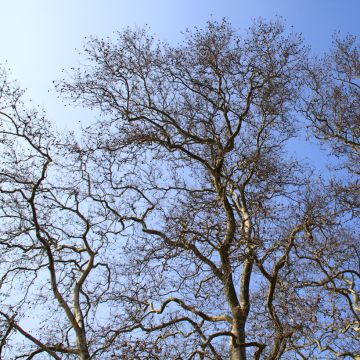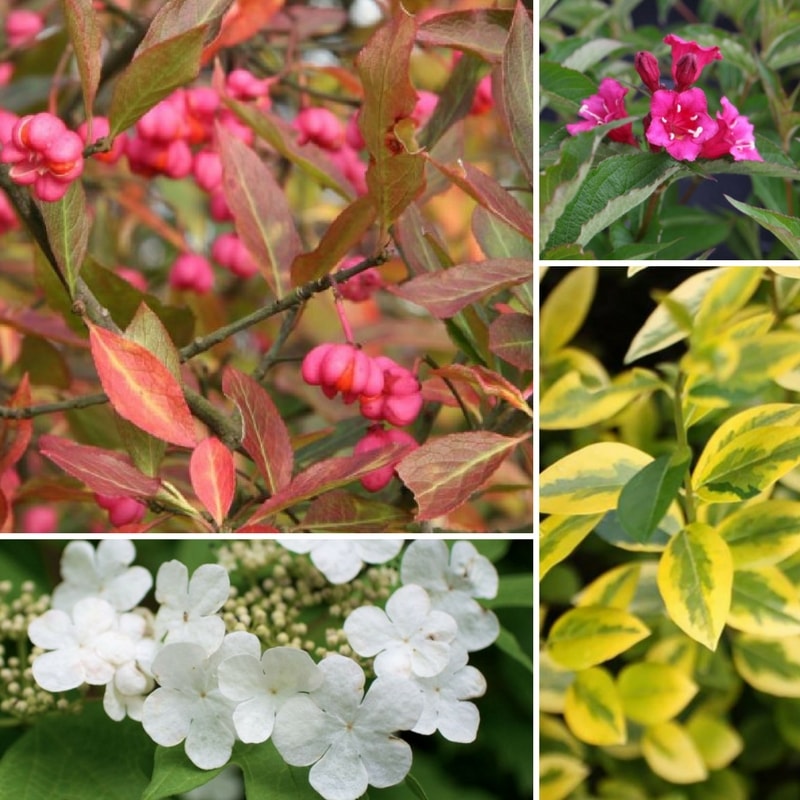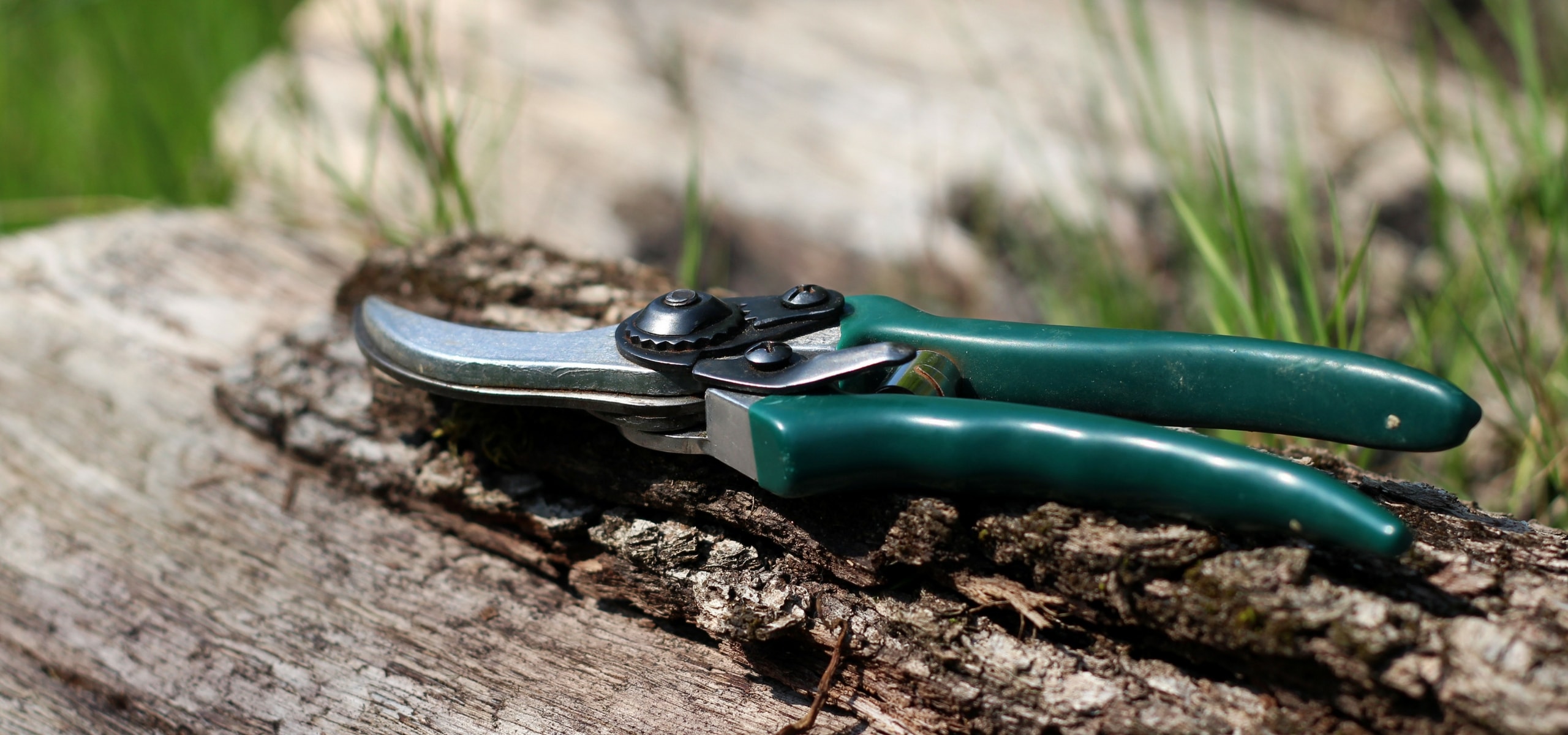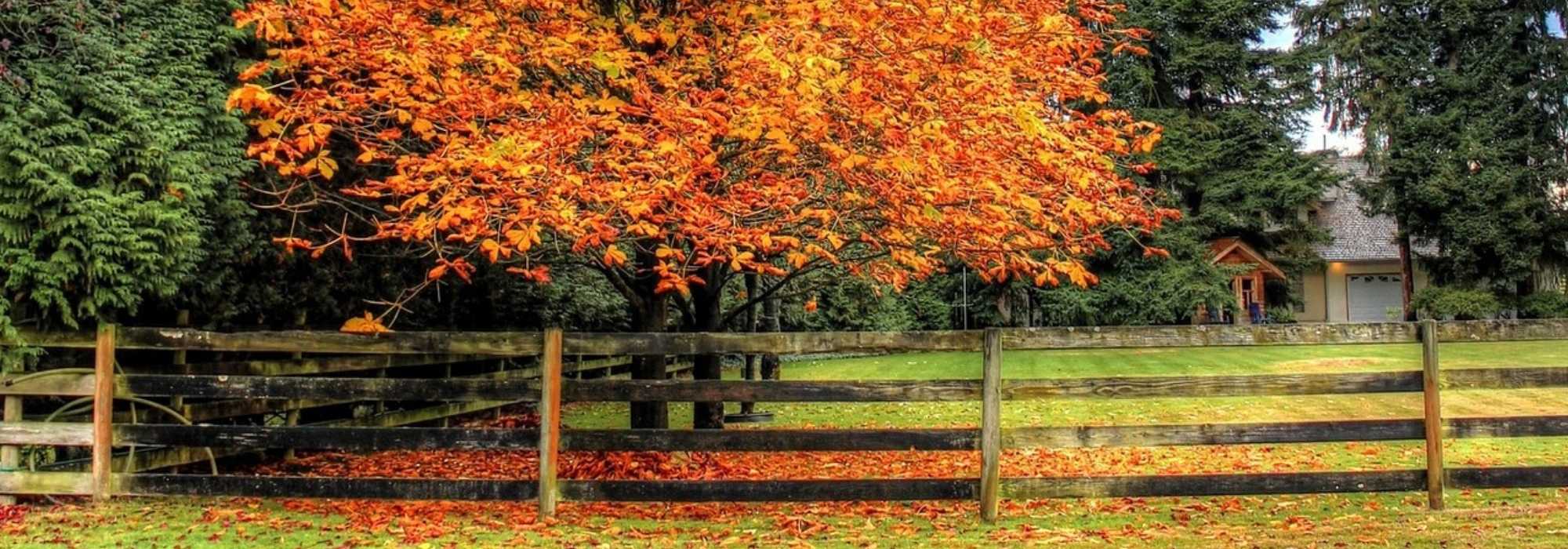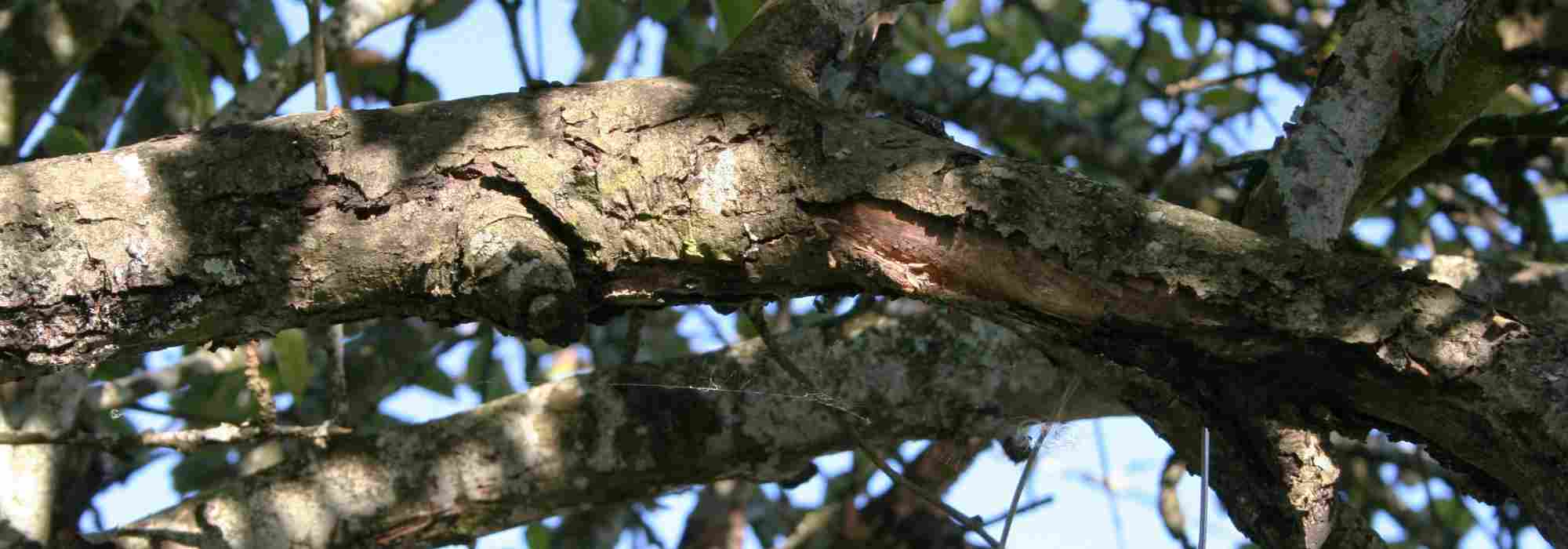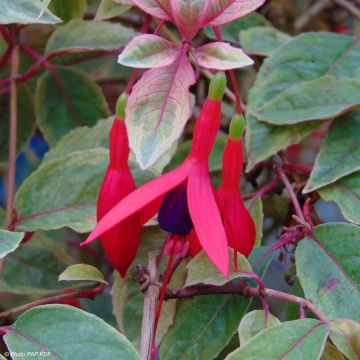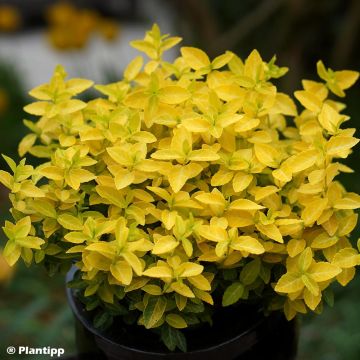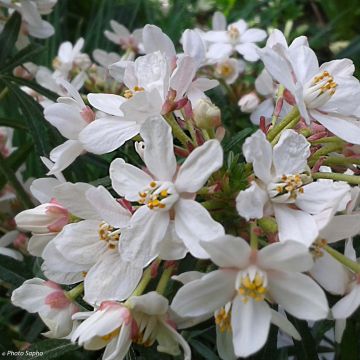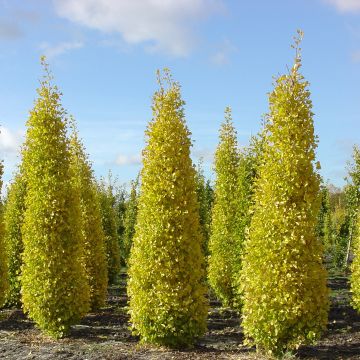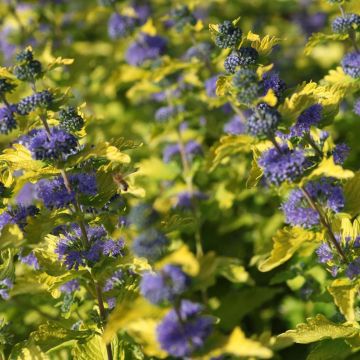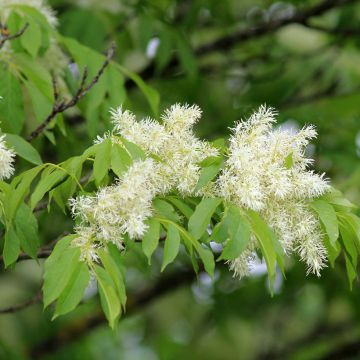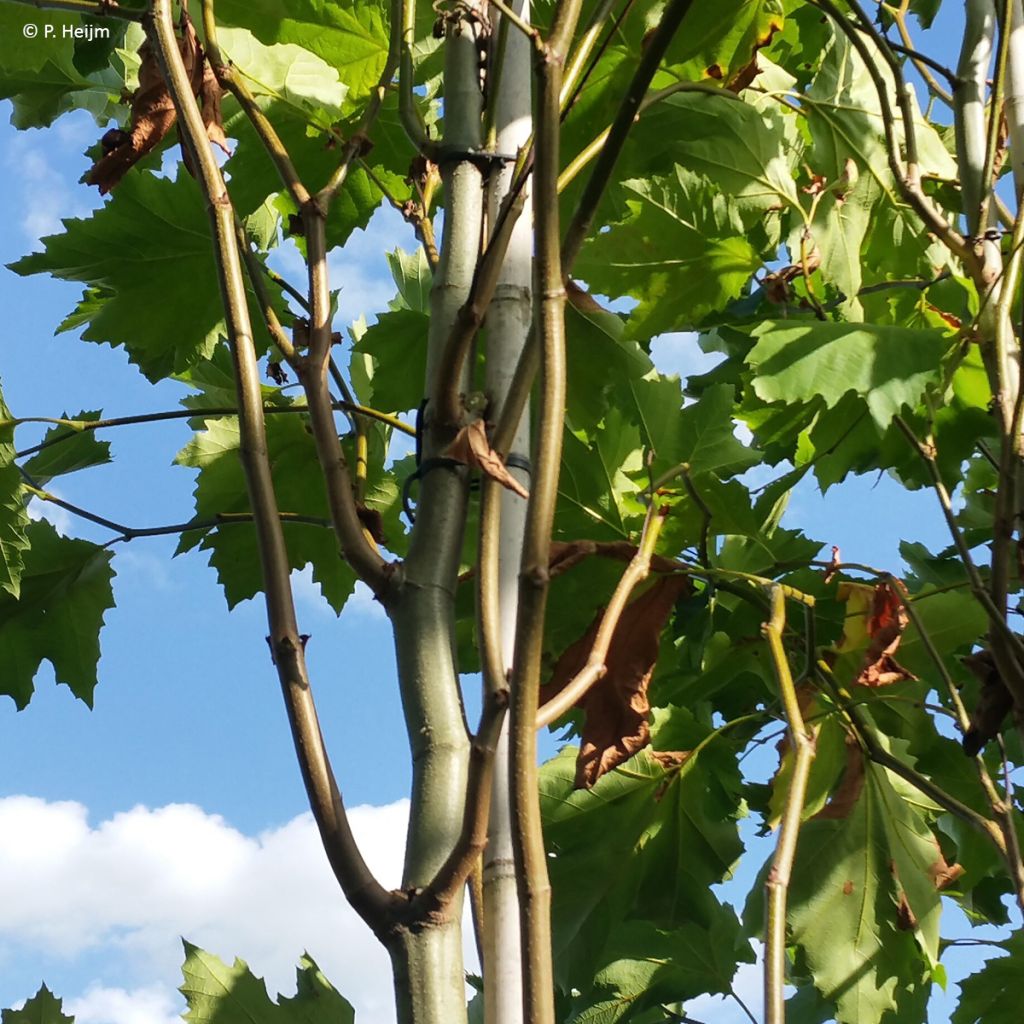

Platanus x hispanica Heijms
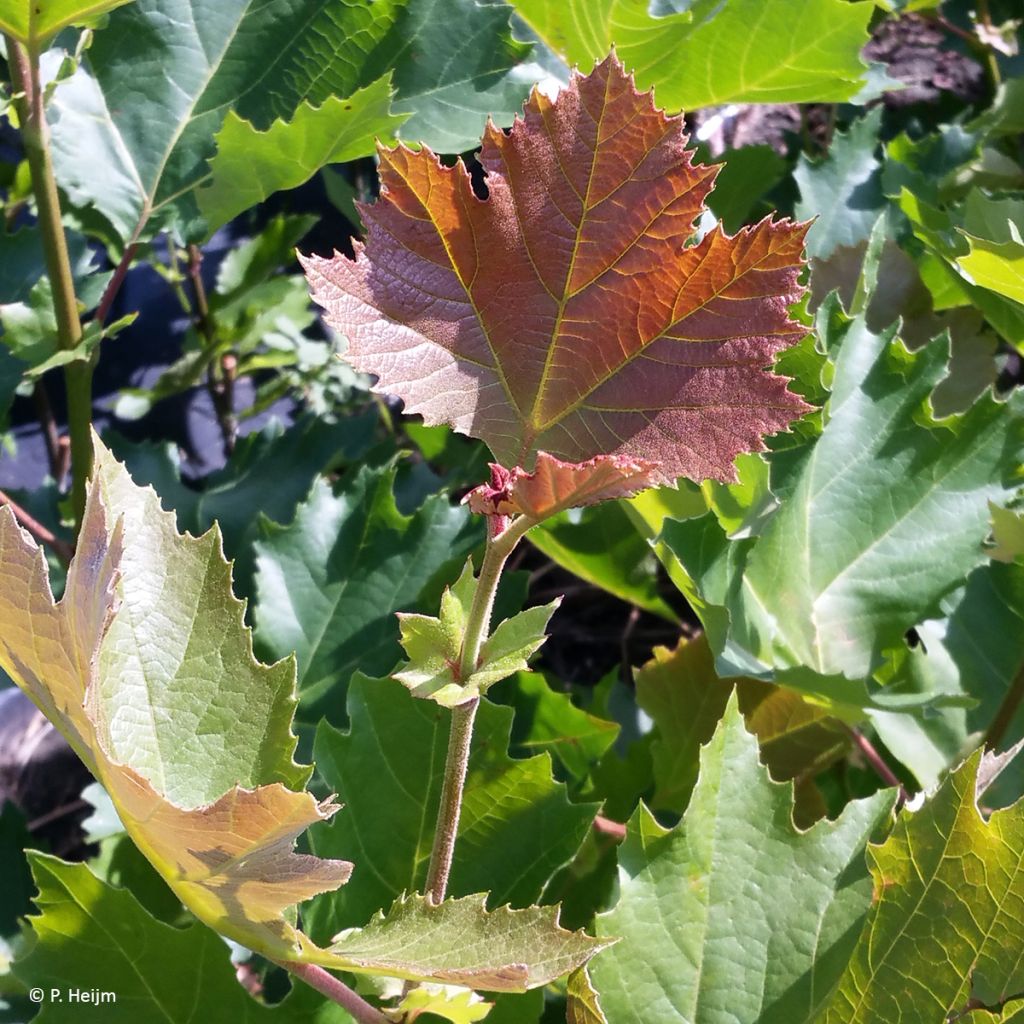

Platanus x hispanica Heijms
Platanus x hispanica Heijms
Platanus x hispanica 'Heijms', SPARTAN
London Plane, Hybrid Plane
Special offer!
Receive a €20 voucher for any order over €90 (excluding delivery costs, credit notes, and plastic-free options)!
1- Add your favorite plants to your cart.
2- Once you have reached €90, confirm your order (you can even choose the delivery date!).
3- As soon as your order is shipped, you will receive an email containing your voucher code, valid for 3 months (90 days).
Your voucher is unique and can only be used once, for any order with a minimum value of €20, excluding delivery costs.
Can be combined with other current offers, non-divisible and non-refundable.
Why not try an alternative variety in stock?
View all →This plant carries a 24 months recovery warranty
More information
We guarantee the quality of our plants for a full growing cycle, and will replace at our expense any plant that fails to recover under normal climatic and planting conditions.
Would this plant suit my garden?
Set up your Plantfit profile →
Description
Platanus × hispanica Spartan® 'Heijms' is a plane tree selected to meet the demands of contemporary gardens: less bulky than the common plane tree, it offers a slender silhouette, colourful young shoots and beautiful bark. It is not very susceptible to diseases and is low-maintenance, including in urban areas. It thrives in full sun in any deep, well-drained soil, even dry, where it quickly forms a beautiful leafy column. An excellent variety for creating elegant rows or rhythmically structuring large gardens with a natural feel.
The Spartan® 'Heijms' Plane is a hybrid tree resulting from cross-breeding between Platanus occidentalis (the American sycamore) and P. orientalis (the Oriental plane), belonging to the Platanaceae family. It is distinguished by its fastigiate, naturally slender branches, a straight trunk and a very architectural pyramidal-columnar silhouette. When planted in the ground, it reaches a height of 10 to 12m with a width of 4 to 5m at 10 years of age, making it a moderate option compared to classic plane trees. Its growth is estimated at 50cm per year under favourable conditions. The root system of this tree is taprooted, deep and strong, giving it excellent stability. The deciduous foliage is composed of large orbicular leaves with rounded lobes, approximately 15 to 20cm in diameter. The young leaves are tinged with coppery bronze, then turn to light green before evolving to a deeper shade in summer. The foliage turns golden brown in autumn before falling. The tree produces small, yellowish-green, spherical inflorescences in spring. As with all plane trees, the male and female flowers are separate, but borne on the same tree. They are not noticeable, followed by bristly, globose, 2 to 3cm diameter fruits, which often persist on the tree throughout the winter.
The texture of the bark is another asset: when young, it has a smooth texture which then exfoliates, revealing light and dark patches that create a very decorative marbled effect all year round. This Spartan® cultivar is a hardy tree down to –15 / –20 °C. It also shows good tolerance to summer drought once well-established.
In terms of plant health, this plane tree shows increased resistance to anthracnose and powdery mildew, two common diseases in plane trees. However, like the majority of hybrids, it can be susceptible to canker stain (Ceratocystis platani) in at-risk areas.
With its sleek silhouette, the Spartan® plane tree creates a vertical landmark in the garden. It can be used to line a driveway, frame a gateway or emphasise a perspective, alone or in an avenue. Its narrow crown allows it to be planted where a classic plane tree would be too invasive, including near a terrace, which it will shade. It pairs well with shrub hedges like boxwood or other boxwood alternatives in a formal garden. It is a tree that organises the space without overwhelming it.
Report an error about the product description
Platanus x hispanica Heijms in pictures
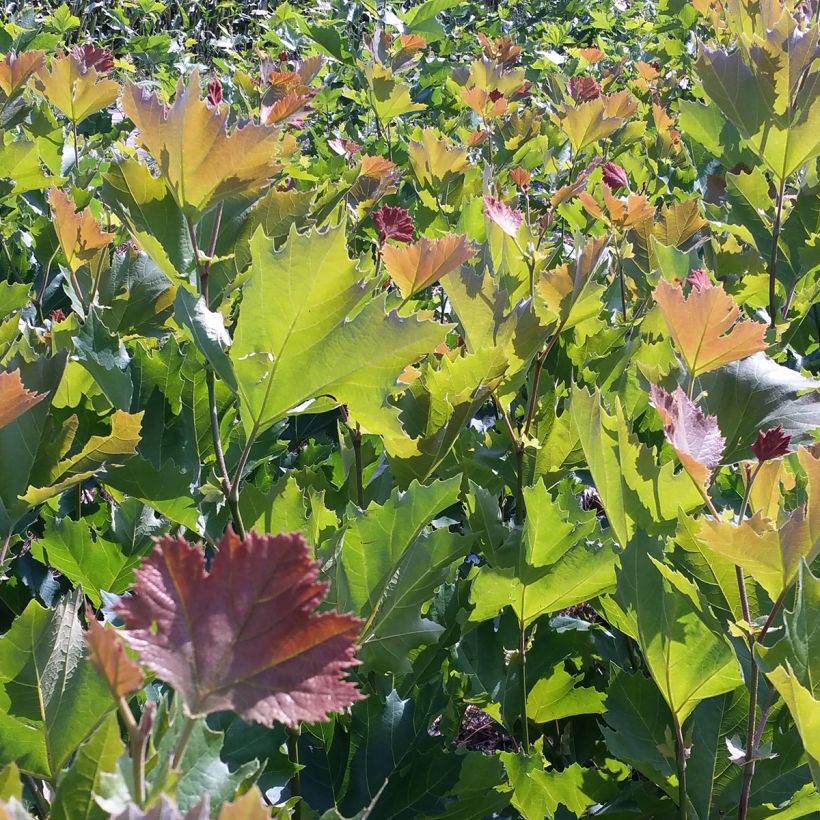

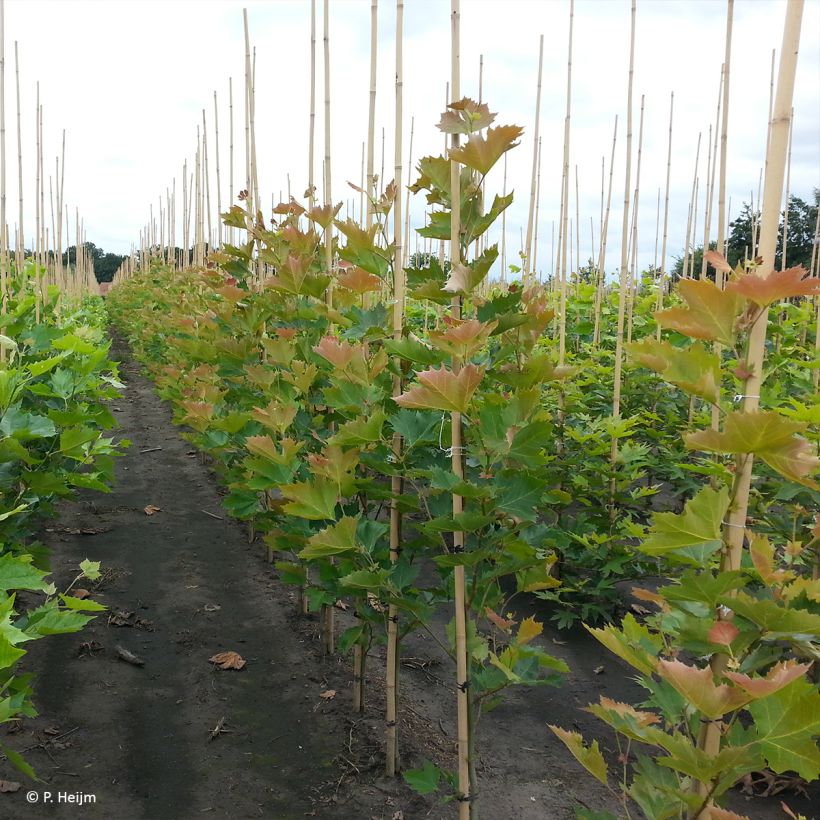

Plant habit
Flowering
Foliage
Botanical data
Platanus
x hispanica
'Heijms', SPARTAN
Platanaceae
London Plane, Hybrid Plane
Platanus x hispanica 'Heijms', Platanus x hispanica SPARTAN, Platanus × acerifolia, Platanus orientalis var. acerifolia
Cultivar or hybrid
Planting and care
The Spartan plane tree should be planted in spring or autumn in any properly prepared and sufficiently deep soil. It tolerates limestone, clay, cold, and withstands hot, dry summers well once established. Stake and prune young plants to maintain an attractive shape and protect them from strong winds. Once mature, the plane tree can be pruned and thinned in winter to reduce wind resistance, outside of frost periods. Protect significant pruning wounds with healing sealant.
The plane tree can be affected by various diseases and parasites: canker stain and black spot disease, caused respectively by two fungi deadly to the tree, as well as the plane lace bug, a tiny insect that sucks the sap from leaves and causes the formation of discoloured spots (observable in winter, in large numbers, under bark plates where it shelters). This insect is also suspected of spreading plane tree diseases. Natural solutions, such as the use of nematodes, exist to combat this plane lace bug. Avoid severe and repeated pruning, which leaves numerous wounds that serve as entry points for fungi and bacteria.
Planting period
Intended location
Care
Planting & care advice
This item has not been reviewed yet - be the first to leave a review about it.
Similar products
Haven't found what you were looking for?
Hardiness is the lowest winter temperature a plant can endure without suffering serious damage or even dying. However, hardiness is affected by location (a sheltered area, such as a patio), protection (winter cover) and soil type (hardiness is improved by well-drained soil).

Photo Sharing Terms & Conditions
In order to encourage gardeners to interact and share their experiences, Promesse de fleurs offers various media enabling content to be uploaded onto its Site - in particular via the ‘Photo sharing’ module.
The User agrees to refrain from:
- Posting any content that is illegal, prejudicial, insulting, racist, inciteful to hatred, revisionist, contrary to public decency, that infringes on privacy or on the privacy rights of third parties, in particular the publicity rights of persons and goods, intellectual property rights, or the right to privacy.
- Submitting content on behalf of a third party;
- Impersonate the identity of a third party and/or publish any personal information about a third party;
In general, the User undertakes to refrain from any unethical behaviour.
All Content (in particular text, comments, files, images, photos, videos, creative works, etc.), which may be subject to property or intellectual property rights, image or other private rights, shall remain the property of the User, subject to the limited rights granted by the terms of the licence granted by Promesse de fleurs as stated below. Users are at liberty to publish or not to publish such Content on the Site, notably via the ‘Photo Sharing’ facility, and accept that this Content shall be made public and freely accessible, notably on the Internet.
Users further acknowledge, undertake to have ,and guarantee that they hold all necessary rights and permissions to publish such material on the Site, in particular with regard to the legislation in force pertaining to any privacy, property, intellectual property, image, or contractual rights, or rights of any other nature. By publishing such Content on the Site, Users acknowledge accepting full liability as publishers of the Content within the meaning of the law, and grant Promesse de fleurs, free of charge, an inclusive, worldwide licence for the said Content for the entire duration of its publication, including all reproduction, representation, up/downloading, displaying, performing, transmission, and storage rights.
Users also grant permission for their name to be linked to the Content and accept that this link may not always be made available.
By engaging in posting material, Users consent to their Content becoming automatically accessible on the Internet, in particular on other sites and/or blogs and/or web pages of the Promesse de fleurs site, including in particular social pages and the Promesse de fleurs catalogue.
Users may secure the removal of entrusted content free of charge by issuing a simple request via our contact form.
The flowering period indicated on our website applies to countries and regions located in USDA zone 8 (France, the United Kingdom, Ireland, the Netherlands, etc.)
It will vary according to where you live:
- In zones 9 to 10 (Italy, Spain, Greece, etc.), flowering will occur about 2 to 4 weeks earlier.
- In zones 6 to 7 (Germany, Poland, Slovenia, and lower mountainous regions), flowering will be delayed by 2 to 3 weeks.
- In zone 5 (Central Europe, Scandinavia), blooming will be delayed by 3 to 5 weeks.
In temperate climates, pruning of spring-flowering shrubs (forsythia, spireas, etc.) should be done just after flowering.
Pruning of summer-flowering shrubs (Indian Lilac, Perovskia, etc.) can be done in winter or spring.
In cold regions as well as with frost-sensitive plants, avoid pruning too early when severe frosts may still occur.
The planting period indicated on our website applies to countries and regions located in USDA zone 8 (France, United Kingdom, Ireland, Netherlands).
It will vary according to where you live:
- In Mediterranean zones (Marseille, Madrid, Milan, etc.), autumn and winter are the best planting periods.
- In continental zones (Strasbourg, Munich, Vienna, etc.), delay planting by 2 to 3 weeks in spring and bring it forward by 2 to 4 weeks in autumn.
- In mountainous regions (the Alps, Pyrenees, Carpathians, etc.), it is best to plant in late spring (May-June) or late summer (August-September).
The harvesting period indicated on our website applies to countries and regions in USDA zone 8 (France, England, Ireland, the Netherlands).
In colder areas (Scandinavia, Poland, Austria...) fruit and vegetable harvests are likely to be delayed by 3-4 weeks.
In warmer areas (Italy, Spain, Greece, etc.), harvesting will probably take place earlier, depending on weather conditions.
The sowing periods indicated on our website apply to countries and regions within USDA Zone 8 (France, UK, Ireland, Netherlands).
In colder areas (Scandinavia, Poland, Austria...), delay any outdoor sowing by 3-4 weeks, or sow under glass.
In warmer climes (Italy, Spain, Greece, etc.), bring outdoor sowing forward by a few weeks.
































